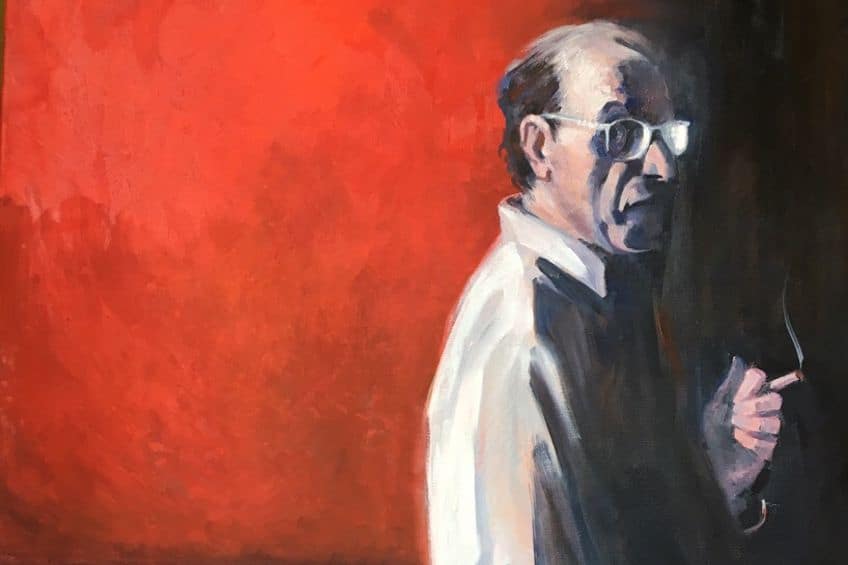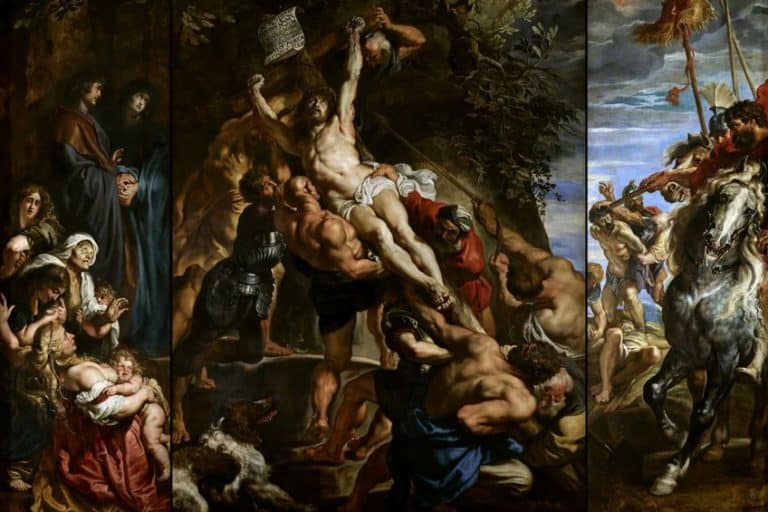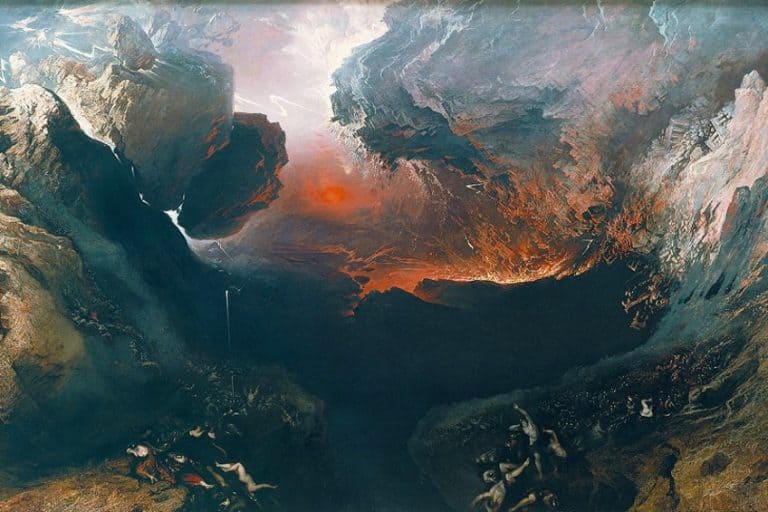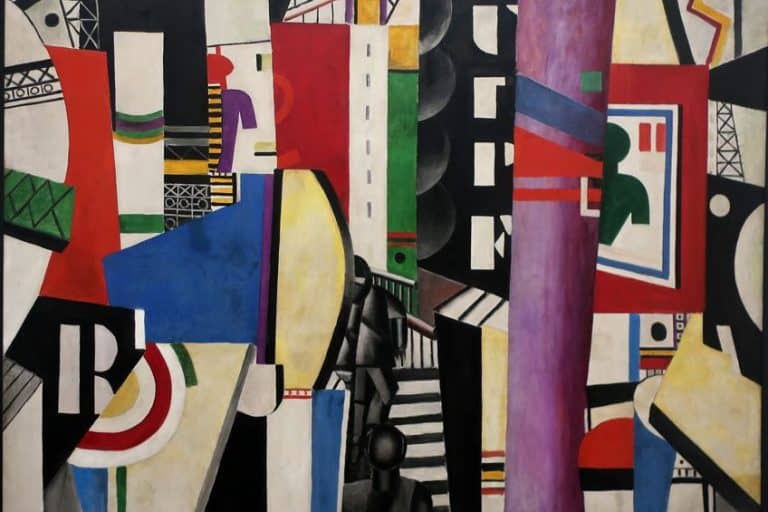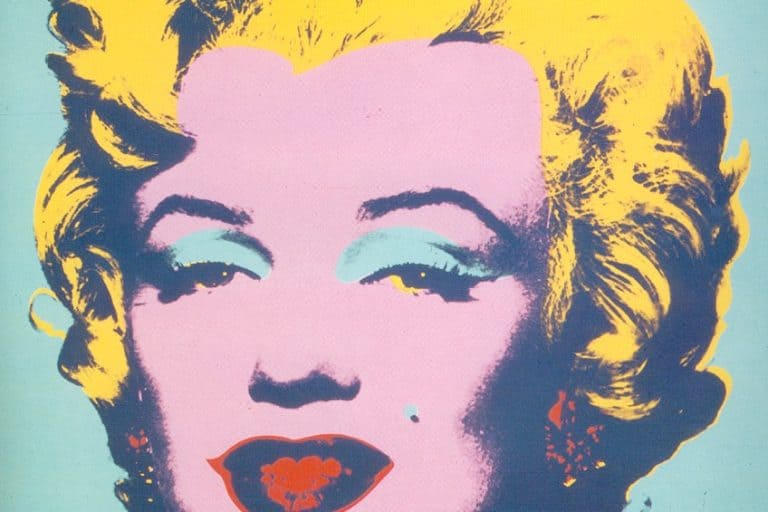“Orange and Yellow” by Mark Rothko – A Detailed Analysis
Imagine standing in front of a life-size work of art that is just a large expanse of color. What type of feelings will that evoke in you? Will it be overwhelming? This is what color field painter, Mark Rothko, strove to create. Read more as this article discusses one of these paintings, titled Orange and Yellow (1956).
Artist Abstract: Who Was Mark Rothko?
Mark Rothko was born on September 25, 1903, in Dvinsk in the Russian Empire, and he died on February 25, 1917, in New York City; he died from overdose and suicide. When he was 10 years old, he immigrated to Oregon in the United States. Some of his early studies included Yale University and the Arts Students League under the tutelage of Max Weber. Rothko’s art style was characterized as mainly abstract, notably Abstract Expressionism and color field Painting. He wanted to express emotions through his artworks, notably through his famous large areas of color, for example, Orange, Red, Yellow (1961), Untitled (Red) (1969), and Untitled (Black on Gray) (1970).

Orange and Yellow (1956) by Mark Rothko in Context
| Artist | Mark Rothko (1903 – 1917) |
| Date Created | 1956 |
| Medium | Oil on canvas |
| Genre | Abstract art |
| Period/Movement | Color Field Painting |
| Dimensions (centimeters) | 231.14 x 180.34 |
| Series/Versions | N/A |
| Where Is It Housed? | Albright-Knox Art Gallery, Buffalo, New York, United States |
| What It Is Worth | Sold to Albright-Knox Art Gallery March 13, 1956. The price is uncertain. |
In the Orange and Yellow analysis, you will read more about when Mark Rothko painted this oil on canvas, including more about the art style known as color field painting, which it is categorized as.
You will also learn about the painting itself through a visual description and how the formal art elements compose it.
Contextual Analysis: A Brief Socio-Historical Overview
Mark Rothko completed Orange and Yellow in 1956, which was several years after he started his color field paintings. The latter was part of the art style called color field painting, which started around the 1940s/1950s in New York City.

A Little Bit More About Color Field Painting
Color field painting has been part of the overarching art style called Abstract Expressionism, the latter of which also included Action Painting, where artists created compositions through various dynamic and gestural actions, think Jackson Pollock or Willem de Kooning. However, what made color field painting different was the focus on large areas of color on a canvas. It did not have the figurative aspects to the composition that may have been evident in some of the Action painters’ artworks, for example, Willem de Kooning’s Excavation (1950) or Jackson Pollock’s Mural (1943).
While numerous artists worked within the color field painting style, there were three artists widely associated with the origins of the style, namely, Mark Rothko, Clyfford Still, and Barnett Newman.
Each had its unique depiction of subject matter, for example, Clyfford Still, who was known to have started his abstract, and “non-objective”, compositions earlier than Mark Rothko and Barnett Newman, painted larger-than-life-sized canvases filled with large areas of color that have often been described as resembling flames or having a “jagged” appearance. His compositions also depicted a focus on vertical and horizontal lines, which were also reportedly referred to as “lifelines”. His art symbolized deeper aspects of human life and existence.
An example of Clyfford Still’s paintings includes 1957-D-No.1 (1957), which depicts a black background with vertical mustard-yellow, cream, and white slashes of color. There is a stark contrast of color placement in this composition, heightening the visual and emotional effects. Looking at Barnett Newman’s art, for example, one of his characteristic artistic traits was his “zip” paintings, which depicted a vertical line or strip along the painting on large areas of color.
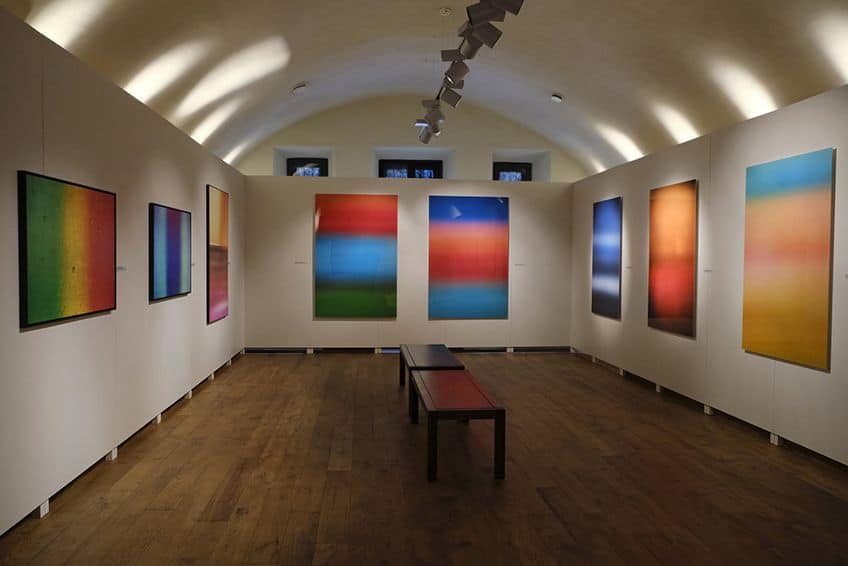
For example, and what was his first painting of this style, titled Onement I (1948), depicts a red-orange line, which was reportedly created by a stuck strip of masking tape and painted over, that runs down the center of the canvas with a dark red/maroon colored background.
Clement Greenberg, who was one of the most prominent American art critics, was another important figure who was known to have, as many sources note, identified the color field painting style. He described the paintings as large “fields” of color. Artists like Mark Rothko wanted to convey through the color field painting style ideas that transcended figurative or objective aspects of art. Art elements, like color, were the main subject matter in compositions and placed there to evoke sensations or emotions in the viewers. Imagine standing in front of a large expanse of pure color on a canvas.
Mark Rothko has been widely quoted (and this is loosely paraphrased) as stating his only interest is in expressing “basic human emotions” like “tragedy, ecstasy, doom, and so on”. He further stated how his paintings cause people to cry, and that through these types of emotional effects, he has communicated these “basic human emotions”. Additionally, he stated that if the viewer is only affected by the colors, then they have missed the point.
The color field painting, Orange and Yellow, is among numerous others by Rothko that all vary in color and the number of rectangles, for example, Untitled (1949) depicts green, black, plum-purple, and orange rectangular shapes and strips of color with a yellow background.
In another example, Untitled (1953), Rothko depicted two large fields of color, the upper has been described as a magenta pink and the lower as black. There is a thinner orange strip along the lower edge of the composition. The background is noticeable as thin light blue borders around the composition with hints of orange here and there on the other colors. While Rothko’s “field” painting oeuvre evolved over his lifetime, some of his paintings were resplendent in colors, others also appear to exist in darkness. For example, No.4 (1964), which appears as a black square on a brown background.
It has also been noted that there is a hint of purple in the brown, which Rothko applied in thin layers of paint. Another example includes one of his last paintings and part of his Black on Grays series, which was believed to symbolize death. Titled as Untitled, Black on Gray (1969), this composition depicts the upper half as black, and the lower half as gray. This was done before Rothko committed suicide and was found dead in his kitchen on February 25, 1970.
Formal Analysis: A Brief Compositional Overview
The next section of the Orange and Yellow analysis will offer a visual description of the painting and provide explanations of how the primary art elements of color, texture, line, shape, form, and space are arranged.
Subject Matter: Visual Description
Orange and Yellow by Mark Rothko is composed of two rectangles on top of one another, one is yellow, and below it is orange. The yellow rectangle is slightly narrower than the orange one below it. The background is composed of a lighter orange color, which has been described as an almost tangerine color.
The edges of both rectangles blend into the background color.
Color
The main colors of Orange and Yellow by Mark Rothko are as the title explains, orange and yellow. The orange appears in two different shades, namely on the rectangle and the background. Furthermore, the colors are warm and bright, which creates an uplifting mood.
Texture
Due to the abstract nature of Orange and Yellow by Mark Rothko, the main texture that appears is from Rothko’s paint on the canvas. Rothko reportedly applied thin layers of paint onto the canvas with a rag and/or brush.
This is how he creates the subtle texture.
Line
There are no distinct outlines delineating the shapes in Orange and Yellow by Mark Rothko, but instead, there are lines created by the other art elements like color and how it is applied. The yellow is applied in a rectangular shape, of which its edges appear almost blurred, or otherwise described as soft. Furthermore, vertical and horizontal lines are formed by these edges.
Shape and Form
The dominant shapes in Orange and Yellow by Mark Rothko are rectangles. The two inner rectangles appear horizontally oriented and the shape of the canvas itself is more vertically oriented or portrait. The solid areas of color appear flat and two-dimensional.
This focuses mainly on shapes in the composition and not three-dimensional forms.
Space
The compositional space in Orange and Yellow by Mark Rothko is two-dimensional and abstract.
Coming Face to Face With a Color Field
Mark Rothko’s color field paintings were examples of his unique take on abstract art and tapping into a deeper part of human psychology through colors. He explored various facets of philosophical, historical, and mythological thought and wrote various essays and texts about art and the meaning it has and creates.

This Orange and Yellow analysis explored just one of many of Mark Rothko’s color field paintings, which the artist intentionally created to communicate a level of intimacy with his viewers. By depicting these large areas of colors, whether orange or black, Rothko allowed his viewers to be confronted with themselves and their emotions.
Mark Rothko was a talented artist who went from figurative artworks to abstract expanses of colors that he presented on large canvases. He unapologetically brought onlookers face to face with these fields of colors that were like mirrors of emotions. Like an enveloping swathe of colors, and from happiness to joy, these could be some of the emotions Orange and Yellow by Mark Rothko undoubtedly evokes in its viewers.
Frequently Asked Questions
Where Is Orange and Yellow by Mark Rothko?
The oil on canvas titled Orange and Yellow (1956) by Mark Rothko is located at the Albright-Knox Art Gallery in New York, United States. It was sold to this gallery on March 13, 1956, although the price is uncertain.
What Does Orange and Yellow by Mark Rothko Mean?
Mark Rothko’s Orange and Yellow (1956) symbolizes more than being large areas of colors. Some of Rothko’s suggested meanings have been tied to happiness and hope. The colors, yellow and orange, are also warm colors that symbolize the above emotions.
What Was Mark Rothko’s Art Style?
Mark Rothko painted in the color field painting style, which was part of the Abstract Expressionist art movement during the 1940s and 1950s. It was pioneered by artists like Helen Frankenthaler, Clyfford Still, Barnett Newman, and Mark Rothko.
Alicia du Plessis is a multidisciplinary writer. She completed her Bachelor of Arts degree, majoring in Art History and Classical Civilization, as well as two Honors, namely, in Art History and Education and Development, at the University of KwaZulu-Natal, South Africa. For her main Honors project in Art History, she explored perceptions of the San Bushmen’s identity and the concept of the “Other”. She has also looked at the use of photography in art and how it has been used to portray people’s lives.
Alicia’s other areas of interest in Art History include the process of writing about Art History and how to analyze paintings. Some of her favorite art movements include Impressionism and German Expressionism. She is yet to complete her Masters in Art History (she would like to do this abroad in Europe) having given it some time to first develop more professional experience with the interest to one day lecture it too.
Alicia has been working for artincontext.com since 2021 as an author and art history expert. She has specialized in painting analysis and is covering most of our painting analysis.
Learn more about Alicia du Plessis and the Art in Context Team.
Cite this Article
Alicia, du Plessis, ““Orange and Yellow” by Mark Rothko – A Detailed Analysis.” Art in Context. January 31, 2024. URL: https://artincontext.org/orange-and-yellow-by-mark-rothko/
du Plessis, A. (2024, 31 January). “Orange and Yellow” by Mark Rothko – A Detailed Analysis. Art in Context. https://artincontext.org/orange-and-yellow-by-mark-rothko/
du Plessis, Alicia. ““Orange and Yellow” by Mark Rothko – A Detailed Analysis.” Art in Context, January 31, 2024. https://artincontext.org/orange-and-yellow-by-mark-rothko/.


